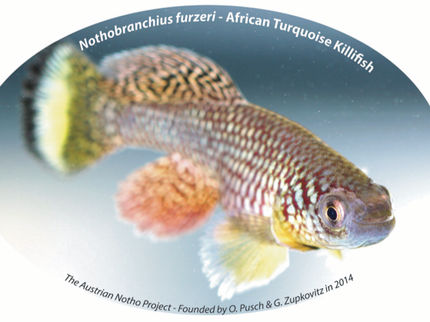Sensors monitor cells at work
Transport proteins are responsible for moving materials such as nutrients and metabolic products through a cell's outer membrane, which seals and protects all living cells, to the cell's interior. These transported molecules include sugars, which can be used to fuel growth or to respond to chemical signals of activity or stress outside of the cell. Measuring the activity of transporter proteins in a living organism has been a challenge for scientists, because the methods are difficult, often require the use of radioactive tracers, and are difficult to use in intact tissues and organs.
A team led by Wolf Frommer, director of Carnegie's Plant Biology Department, has now developed a groundbreaking new way to overcome this technology gap. This new technology has major implications not just for plant biology, but also for cellular biology research in every type of organism, including humans. Their work is published by eLife.
"With the advent of biosensors, we could measure energy dynamics and concentrations of various cellular intermediates, which allowed us to get a first-level picture of metabolic networks," Frommer said. "But we had not been able to directly follow enzyme or transporter activity or to monitor their regulation in a live organism."
Frommer and his team hypothesized that it may be possible to probe transport activity by spying on the structural rearrangements that a transporter undergoes as it moves its target molecule across the membrane barrier. They decided to do this by encoding environmentally sensitive fluorescent tags in the cell's DNA.
The team—which included Carnegie's Roberto De Michele, Cindy Ast, Chen-Hsun Ho, Viviane Lanquar, and Guido Grossman—focused on the important transporter responsible for moving the ammonium into a cell. This activity is very important in plants, fungi, and bacteria, because ammonium serves as the key source of nitrogen in these organisms. But in excess ammonium becomes toxic. Therefore, its concentration must be very carefully regulated. The transporter for ammonium is conserved in plants, fungi, and, bacteria. It is also present in humans, where it is generally known as the Rhesus factor and plays an important role in kidney function and male fertility.
The team's approach has provided new insights into how the plant ammonium transporter works. And their sensor concept is expected to find many other applications to monitor other types of transporters and transporters in other organisms outside of the plant kingdom and even enzymes.
"For example, in humans such sensors could be used to help understand neurotransmitter transport in the brain or identify new drugs targets," Frommer said.
Organizations
Other news from the department science
These products might interest you

Octet R2 / Octet R4 / Octet R8 by Sartorius
Full power on 2, 4 or 8 channels: Label-free and GxP-compliant analysis of molecular interactions
Innovative label-free real-time protein quantification, binding kinetics and rapid screenings

Octet RH16 and RH96 by Sartorius
Efficient protein analysis for process optimisation and manufacturing control in high-throughput
Label-free protein quantification and characterization of protein-protein interactions

Octet SF3 by Sartorius
Surface Plasmon Resonance (SPR) using Single Dynamic Injections for Kinetics and Affinities
Curvature is Key - Adding a ‘Third Dimension’ to the Binding Curve

Get the analytics and lab tech industry in your inbox
By submitting this form you agree that LUMITOS AG will send you the newsletter(s) selected above by email. Your data will not be passed on to third parties. Your data will be stored and processed in accordance with our data protection regulations. LUMITOS may contact you by email for the purpose of advertising or market and opinion surveys. You can revoke your consent at any time without giving reasons to LUMITOS AG, Ernst-Augustin-Str. 2, 12489 Berlin, Germany or by e-mail at revoke@lumitos.com with effect for the future. In addition, each email contains a link to unsubscribe from the corresponding newsletter.

























































